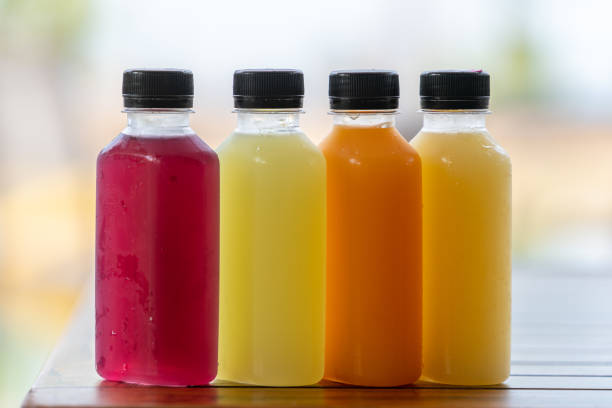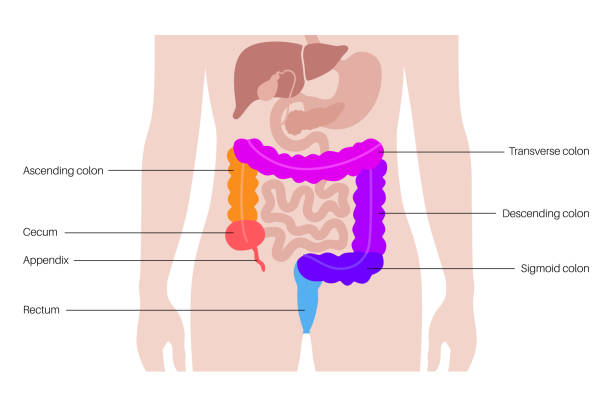The Prohibition era in the United States, spanning from 1920 to 1933, was a period marked by the nationwide ban on the production, importation, transportation, and sale of alcoholic beverages. This tumultuous time in American history not only led to the rise of illegal speakeasies and bootlegging operations but also laid the groundwork for what would eventually become the modern craft cocktail movement.
Before Prohibition, cocktails were popular but often simplistic concoctions, primarily consisting of a base spirit, a sweetener, and perhaps a dash of bitters or citrus. However, with the onset of Prohibition, the demand for alcoholic beverages did not disappear; instead, it went underground. This clandestine environment fostered creativity among bartenders, who began experimenting with new ingredients and techniques to mask the flavors of poorly made, often dangerous, bootleg spirits.
One significant consequence of Prohibition was the rise of speakeasies—illicit establishments where patrons could gather to consume alcohol away from the prying eyes of law enforcement. Speakeasies became hubs of creativity, attracting both seasoned mixologists and amateurs eager to learn the art of cocktail making. Bartenders faced the challenge of producing flavorful and complex drinks using limited resources, leading to the birth of innovative recipes and techniques that would shape the future of mixology.
One of the key figures during this period was Jerry Thomas, known as the “father of American mixology.” Thomas’s 1862 book, “How to Mix Drinks, or The Bon Vivant’s Companion,” laid the foundation for modern cocktail culture. Bartenders during Prohibition often looked to Thomas’s recipes for inspiration, adapting them to suit the ingredients available during the era of bootleg liquor.
Another influential figure was Harry Craddock, an English bartender who found fame at the American Bar in London’s Savoy Hotel. Craddock’s “Savoy Cocktail Book,” published in 1930, featured hundreds of cocktail recipes, many of which were crafted during the Prohibition era. His book served as a bridge between the pre-Prohibition and post-Prohibition cocktail cultures, preserving and popularizing classic recipes while also introducing new creations.
The scarcity of quality liquor during Prohibition led to the rise of homemade ingredients such as syrups, bitters, and infusions. Bartenders experimented with house-made grenadine, falernum, and other flavorings to enhance their cocktails. These artisanal ingredients added depth and complexity to drinks, setting them apart from the mass-produced beverages of the pre-Prohibition era.
One of the most enduring legacies of the Prohibition era is the revival of forgotten or obscure spirits and liqueurs. With access to mainstream alcohol restricted, bartenders began seeking out alternative ingredients to craft unique and flavorful drinks. Spirits such as rye whiskey, which had fallen out of favor before Prohibition, experienced a resurgence in popularity as bartenders rediscovered their rich history and robust flavor profile.
The repeal of Prohibition in 1933 marked the end of an era but also heralded the beginning of a new chapter in cocktail culture. The skills and techniques developed during Prohibition did not disappear with the return of legal alcohol; instead, they laid the groundwork for what would become known as the “craft cocktail movement.”
The craft cocktail movement, which gained momentum in the late 20th century and continues to thrive today, is characterized by a focus on quality ingredients, innovative techniques, and a deep respect for the art of mixology. Bartenders draw inspiration from the recipes and techniques developed during Prohibition, incorporating them into modern interpretations while also pushing the boundaries of creativity.
One of the defining features of the craft cocktail movement is the emphasis on fresh, seasonal ingredients. Bartenders source local produce and artisanal products to create cocktails that reflect the flavors of a particular time and place. This farm-to-glass approach not only enhances the quality of the drinks but also fosters a connection between consumers and the communities in which they live.
In addition to using fresh ingredients, craft cocktail bartenders often employ advanced techniques such as house-made tinctures, infusions, and barrel aging to enhance the flavor and complexity of their creations. These techniques require time, skill, and dedication but result in cocktails that are truly unique and memorable.
The craft cocktail movement has also led to a renewed interest in classic cocktail recipes, many of which were developed or popularized during Prohibition. Bartenders study historical texts and experiment with vintage ingredients to recreate these drinks with authenticity and flair. By paying homage to the past while embracing innovation, the craft cocktail movement celebrates the rich heritage of cocktail culture while pushing it forward into the future.
In conclusion, the Prohibition era played a pivotal role in shaping the modern craft cocktail movement. The clandestine environment of speakeasies and the scarcity of quality liquor spurred bartenders to innovate, leading to the development of new recipes, techniques, and ingredients. The skills and knowledge acquired during Prohibition laid the foundation for the craft cocktail movement, which continues to evolve and thrive today, driven by a passion for quality, creativity, and the art of mixology.



